This podcast found in:
- Raw RecipesRaw Recipes Index
- MoreGoodies, About, Praise + More
- StoreApps, Courses + More
- CelebrateSeasonal Suggestions
- New To Raw?Start Here
- WellnessCreating Healthy Habits
- CommunityRawtarian Community
Hello Beautiful!
It looks like you're new to The Rawtarian Community. If you'd like to get involved, click one of these buttons!
Login to Community Signup for an account Login using FacebookTrending Community Recipes
Latest in the Community Forum
-

HACKER TO RECOVER STOLEN BITCOIN FROM ONLINE TRADING INVESTMENT SCAM, HIRE BETAFORT BITCOIN RECOVERY
Peterson - 2 hours 40 min ago -

Best Crypto Asset Recovery Service - Contact CAPTAIN WEBGENESIS CRYPTO RECOVERY CENTER
kinikoh - 3 hours 52 min ago -

Best Recovery Experts for Cryptocurrency Assets: HIRE CERTIFIED RECOVERY SERVICES
graciam - 8 hours 22 min ago -

HOW TO RECOVER SCAMMED USDT & BITCOIN - REACH OUT TO HACKATHON TECH SOLUTIONS
colinf - 10 hours 20 min ago
-
- Community









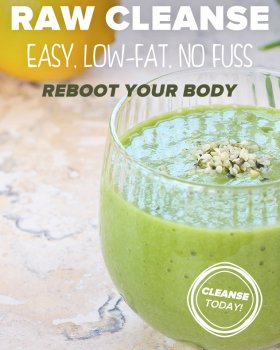











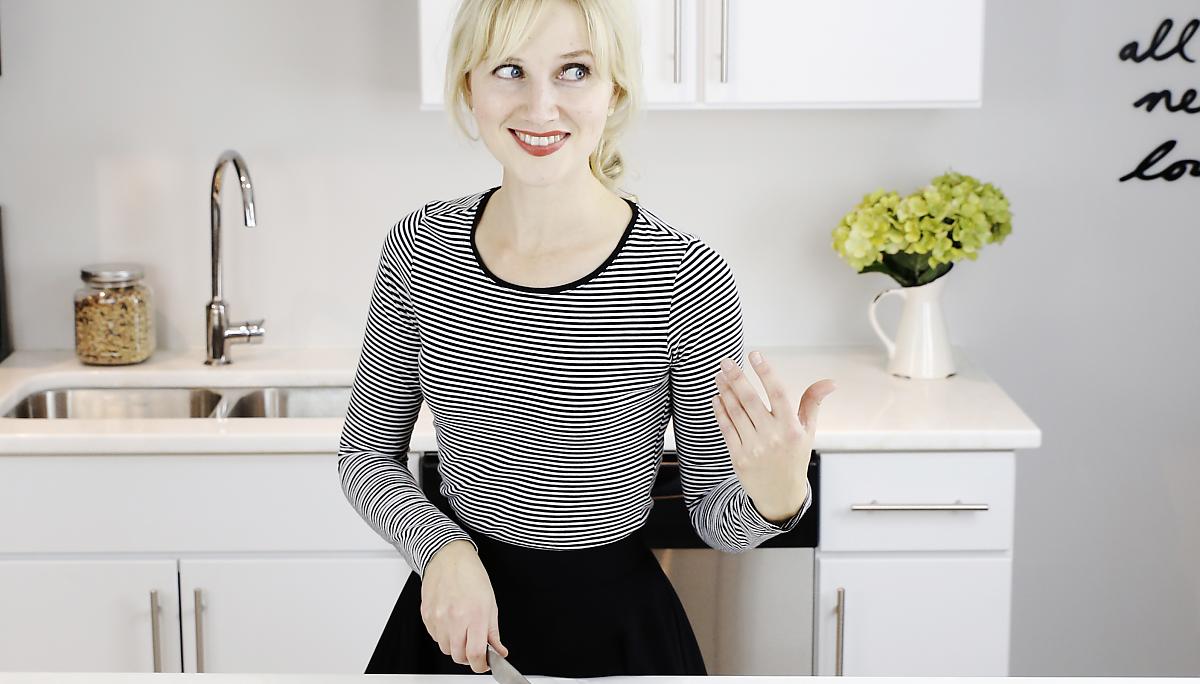
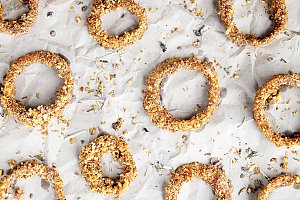
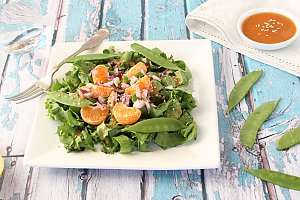
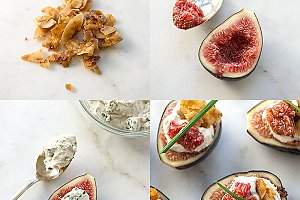
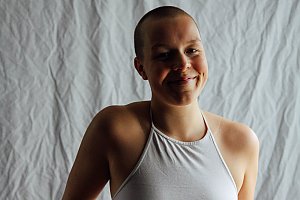
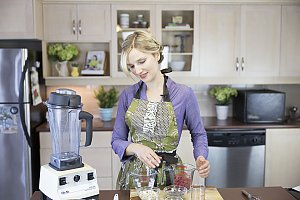
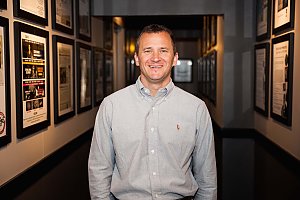
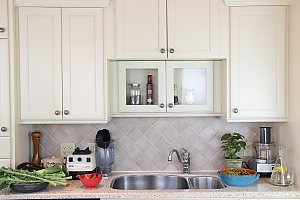
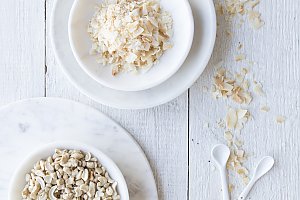
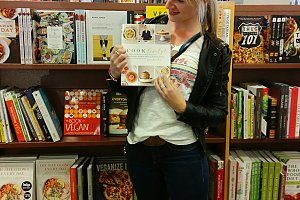
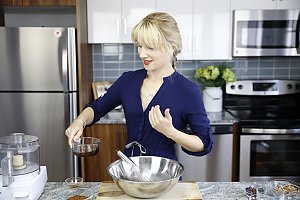

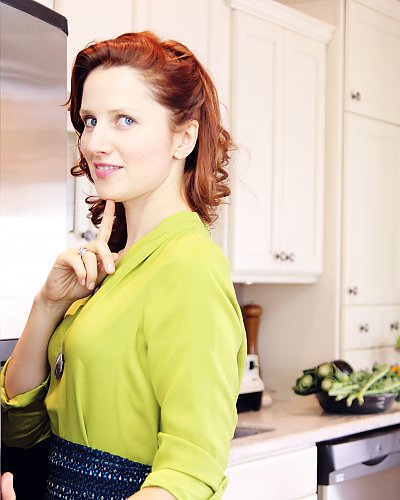
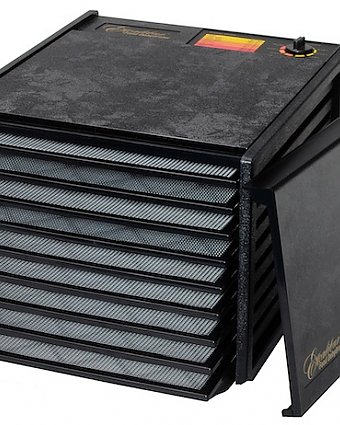
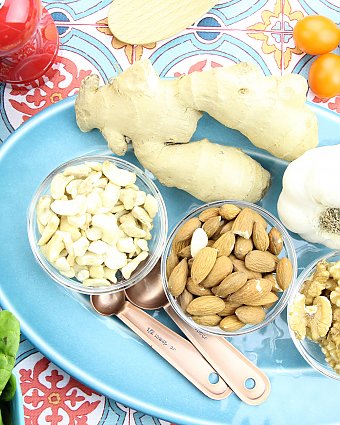
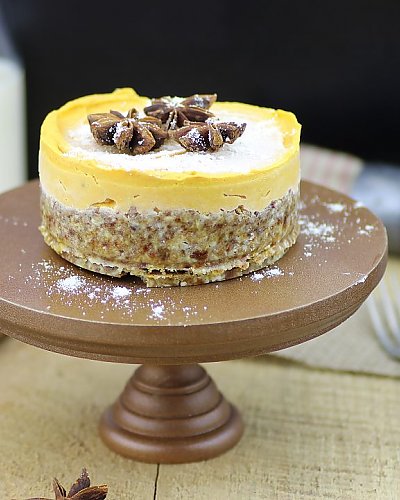





















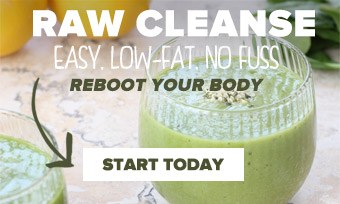
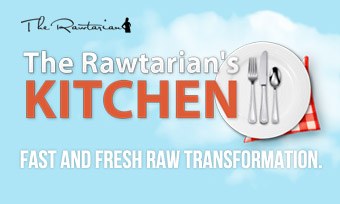
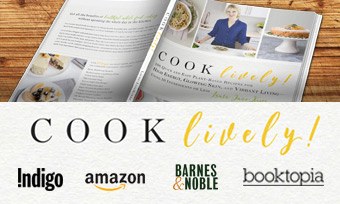
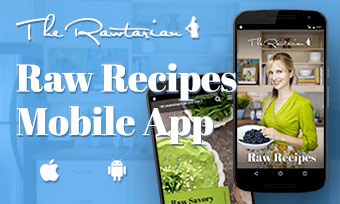
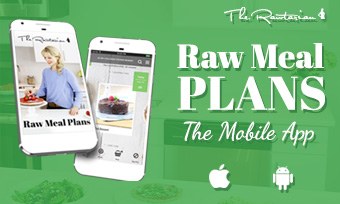



Comments
Top voted
Paul Chenard
Nov 22, 2018
Hi LJ
Now, this will be interesting to look into, because I know nothing of the rawtarian world!!
As I had mentioned, ma passion, c'est l'histoire de la course automobile, and I use my art and writing to communicate it.
I'm going to take in a few rawtarian podcasts in the next few weeks ... inquiring minds need to know!
BTW, here is the French Canadian Sugar Pie recipe ... paramedics need to be standing by when you eat it!!
1 Deep-dish pie crust (follow package preparation instructions)
1 ½ Cups brown sugar (firmly packed)
1/3 Cup flour
1 ¼ Cups whipping cream (35%)
¼ Cup milk
Pinch salt
Mix dry ingredients.
Blend the milk and cream into the dry ingredients and mix well.
In a pot, cook the mixture over medium heat and slowly bring to a boil.
Boil for exactly 3 minutes, stirring constantly.
Remove from heat and let cool.
Pour into pie crust and bake at 375°F for 30-35 minutes.
Cheers!
Paul -I am not a robot- Chenard
Paul Chenard
Nov 22, 2018
Completely!!
The Rawtarian
Nov 22, 2018
Thank you!!! Sounds decadent!!
All
Paul Chenard
Nov 22, 2018
Hi LJ
Now, this will be interesting to look into, because I know nothing of the rawtarian world!!
As I had mentioned, ma passion, c'est l'histoire de la course automobile, and I use my art and writing to communicate it.
I'm going to take in a few rawtarian podcasts in the next few weeks ... inquiring minds need to know!
BTW, here is the French Canadian Sugar Pie recipe ... paramedics need to be standing by when you eat it!!
1 Deep-dish pie crust (follow package preparation instructions)
1 ½ Cups brown sugar (firmly packed)
1/3 Cup flour
1 ¼ Cups whipping cream (35%)
¼ Cup milk
Pinch salt
Mix dry ingredients.
Blend the milk and cream into the dry ingredients and mix well.
In a pot, cook the mixture over medium heat and slowly bring to a boil.
Boil for exactly 3 minutes, stirring constantly.
Remove from heat and let cool.
Pour into pie crust and bake at 375°F for 30-35 minutes.
Cheers!
Paul -I am not a robot- Chenard
The Rawtarian
Nov 22, 2018
Thank you!!! Sounds decadent!!
Paul Chenard
Nov 22, 2018
Completely!!
Leave a Comment